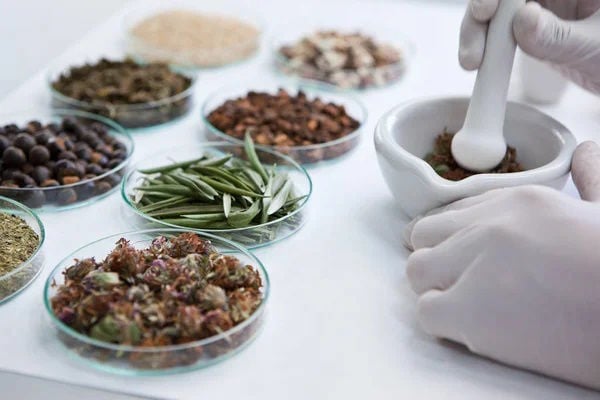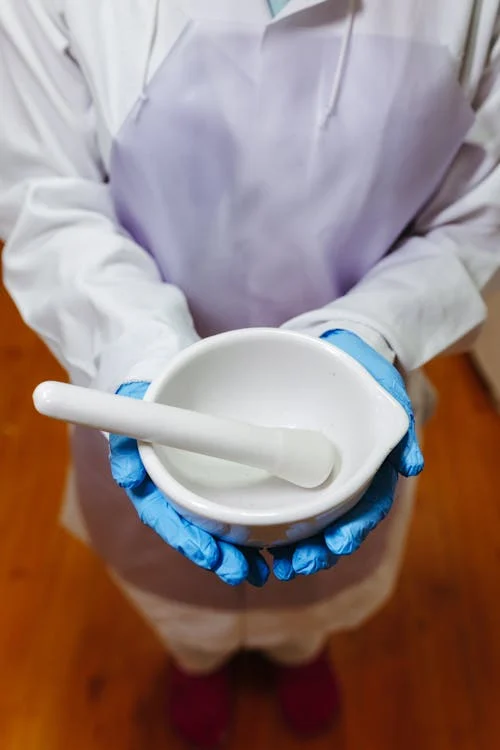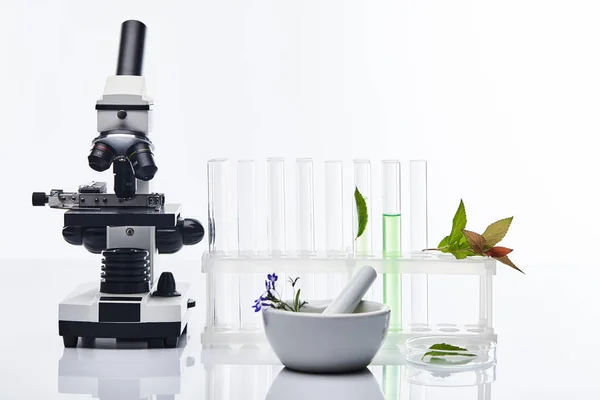From Ancient Egypt to the Present: The Role of Mortars and Pestles in the Laboratory

The mortar and pestle is one of the great symbols of pharmacology. They have been used for thousands of years in food and medical sample preparation and have become one of the most widely used tools of humanity.
Mortar and Pestles were described in the Ebers papyrus from Ancient Egypt - dating back to 1550BC. It is the oldest preserved piece of medical literature discovered. They are unique in that their design has largely remained unchanged over the last 10,000 years. Mortars and pestles are also mentioned in the Old Testament.
Primarily used for grinding, homogenizing, mashing, and mixing solid samples, their construction material is pivotal in their durability and applications. Depending on what your use is, there are different types of mortars and pestles for different tasks:

Made of glass, making them ideal for light grinding tasks, particularly in cosmetics and medicine. Main benefits are their resistance to staining and not holding onto odors. However, their glass composition is fragile and unsuitable for grinding more complex samples.
Made from porcelain, are suitable for grinding various materials. They are convenient to clean and don't retain odors or colors from samples. However, they can be brittle, and using excessive force may cause them to chip.
Made from naturally hard agate stone, ideal for grinding samples requiring high purity due to their non-reactive nature. 

With their rich history and multifaceted applications, the mortar and pestle prove that some tools are timeless. So dive into Borox exquisite range today, and equip your lab with nothing short of the best
